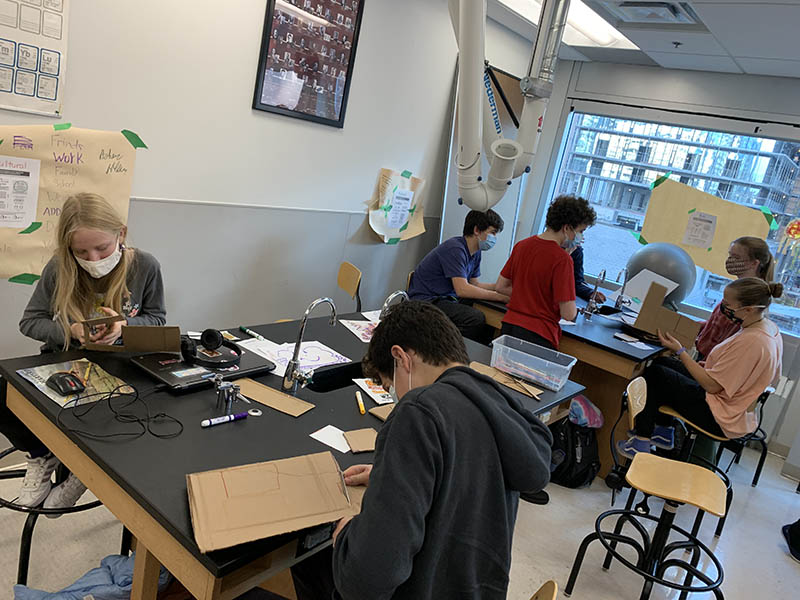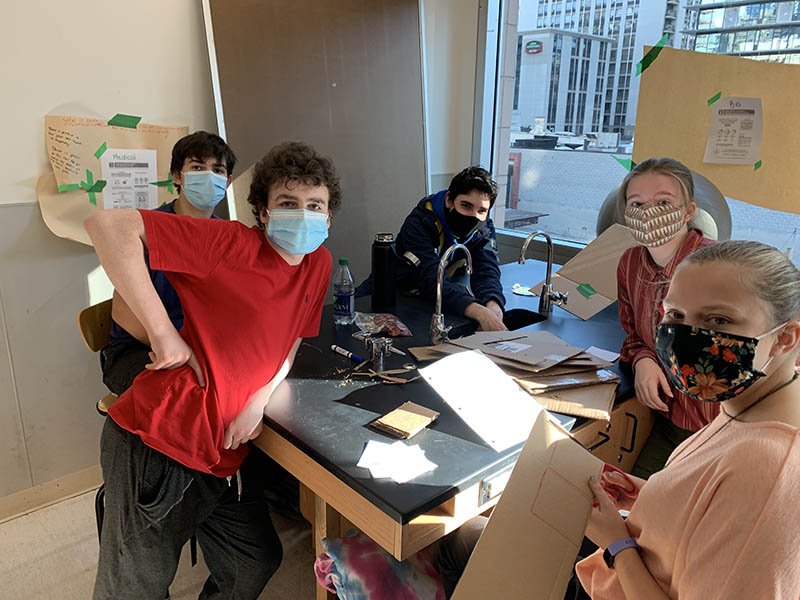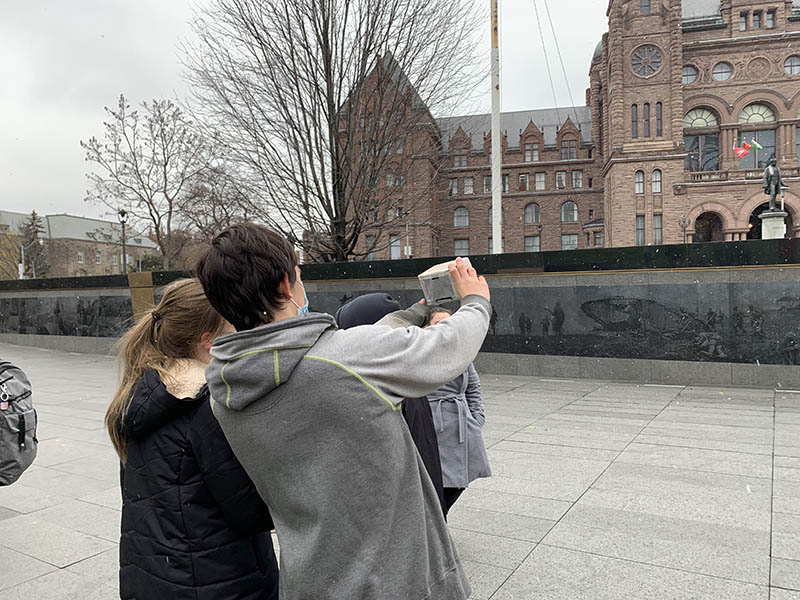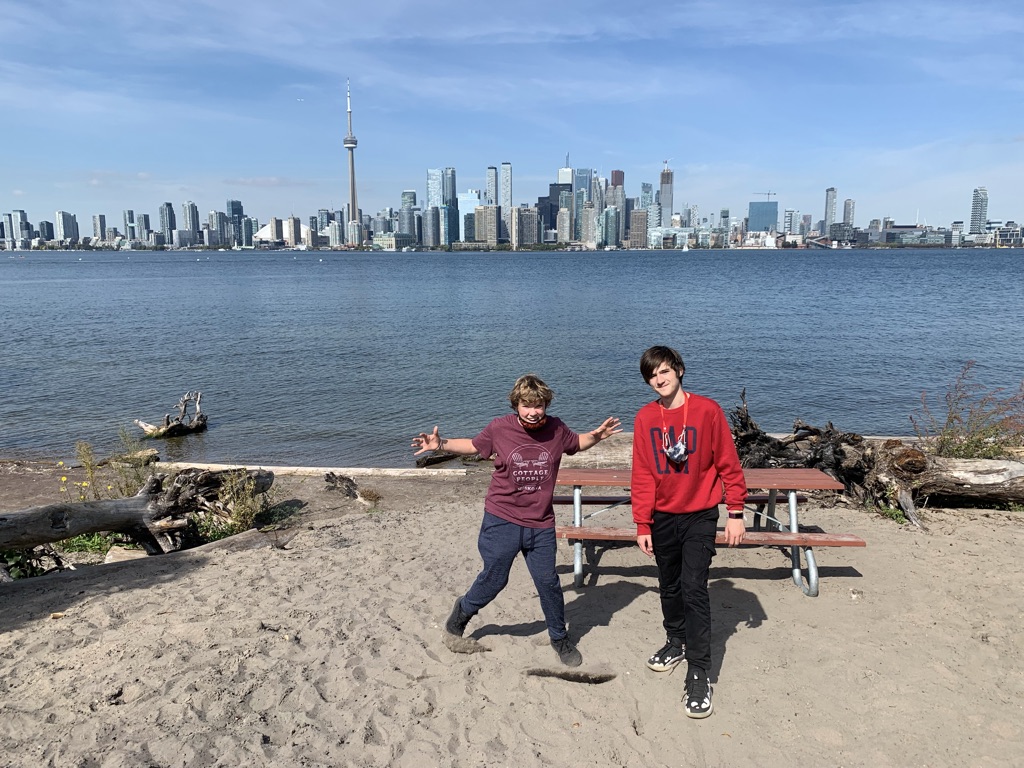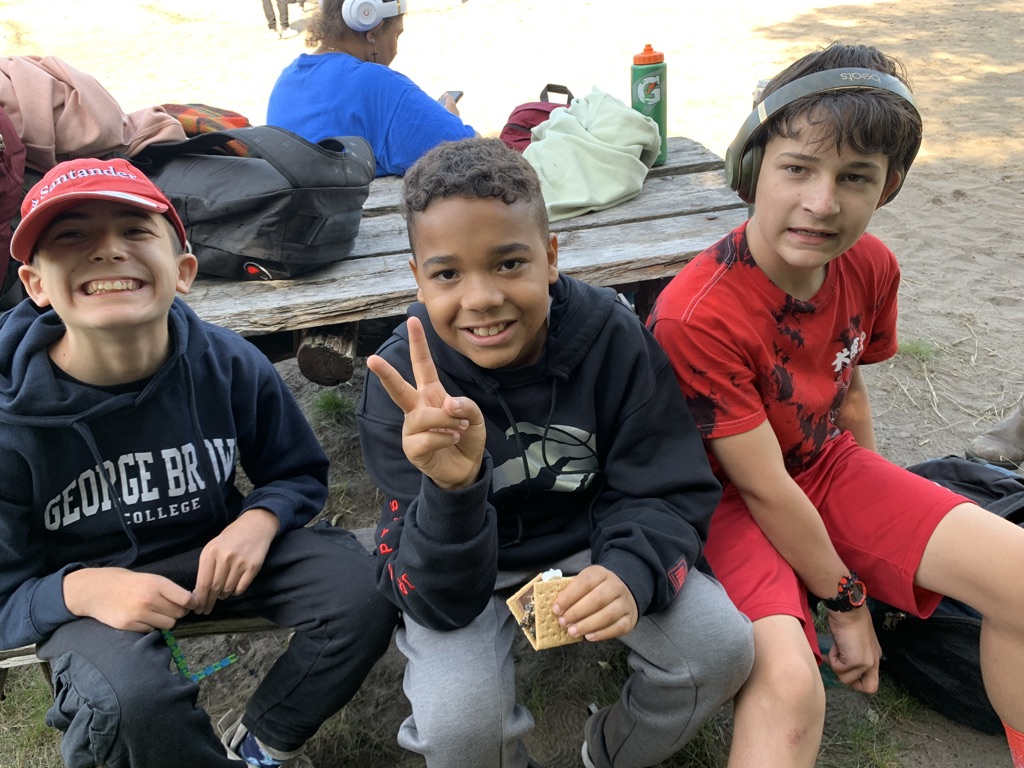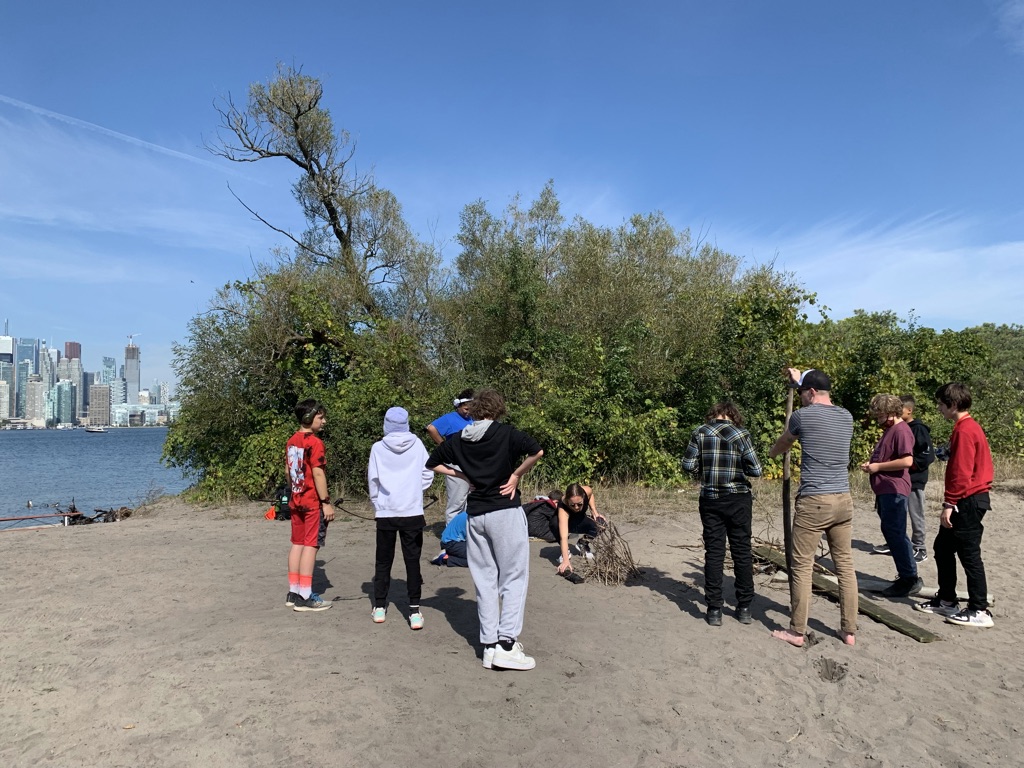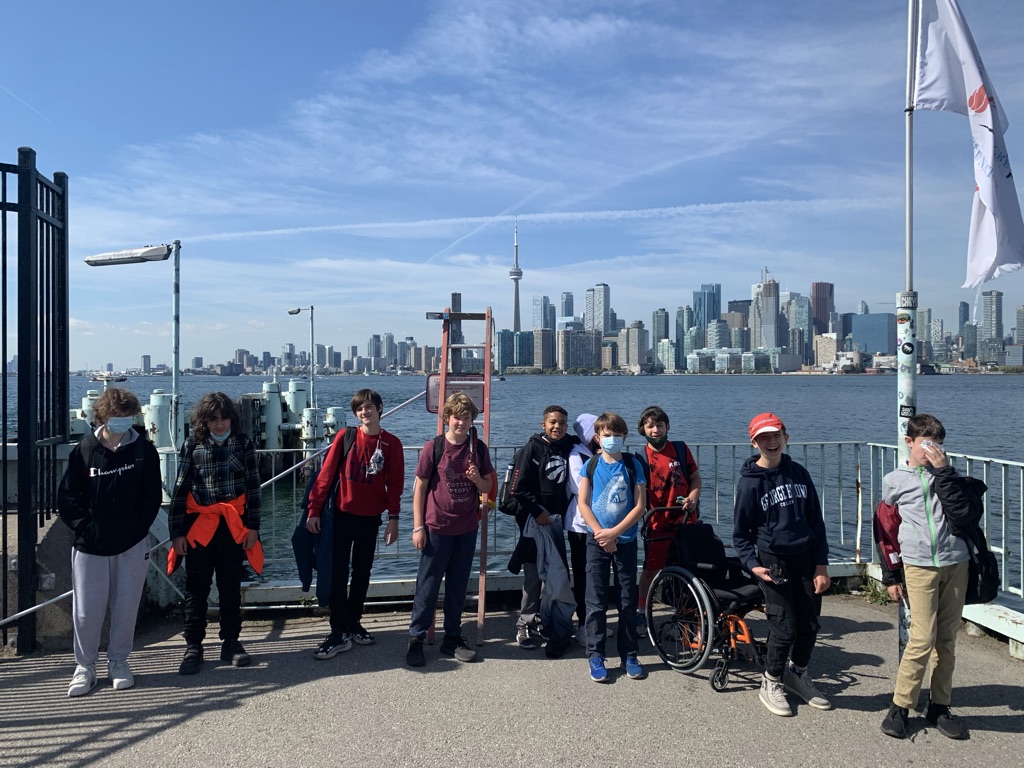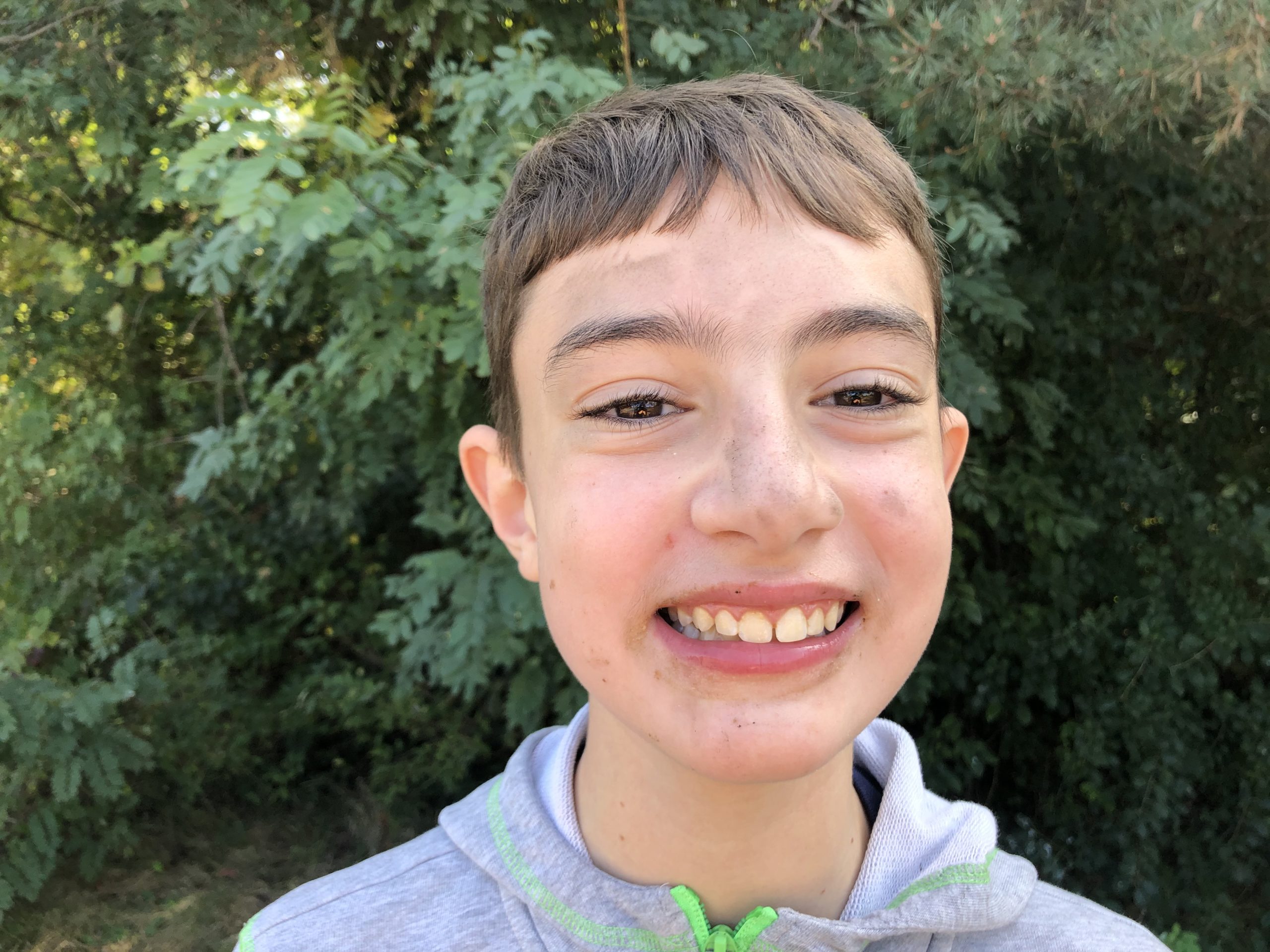The weather is warming up and pollinators have begun buzzing around our neighbourhoods. The YMCA Academy had a first hand lesson in a particular pollinating species. Though solitary bees, flies, beetles, birds, and native bees make up the most significant populations of pollinators, no insect has quite the same history with human activity as the Western Honey Bee.
This spring the Academy High School students got a glimpse into the life of a beekeeper. Academy teacher and hobby beekeeper, Brandon, brought in an empty hive and beekeeping equipment to demonstrate some of the jobs of a beekeeper. No bees were brought in for the demonstration, but the hive and equipment was enough to show the basics, and excite the curiosity of student participants. The workshop began with bee behaviours and biology, the life cycle of honey bees, the different types of bees, and the roles that bees take in the colony, and about the importance of pollinators in our ecosystems.
Lighting the hive smoker, and donning a beekeeper’s veil, Brandon demonstrated a hive inspection. He explained the parts of a Langstroth Hive, and how the bees use the space within. Making connections to Biology, Green Industries, and Careers courses, the students discussed the hazards and benefits of keeping bees.
Student questions focused on the role of the queen in the colony, what swarming behaviour is for, what a bee sting feels like, and how beekeepers get their start. At the end of the workshop, Brandon invited students to taste honey directly from the comb.
Check out the rest the rest of the pictures on our Facebook page!


















